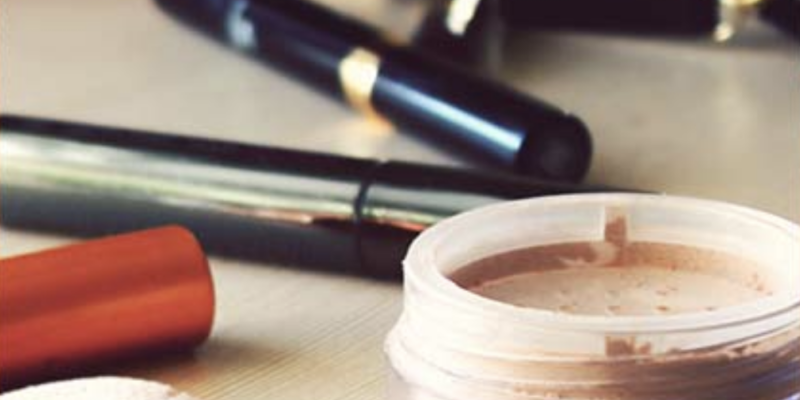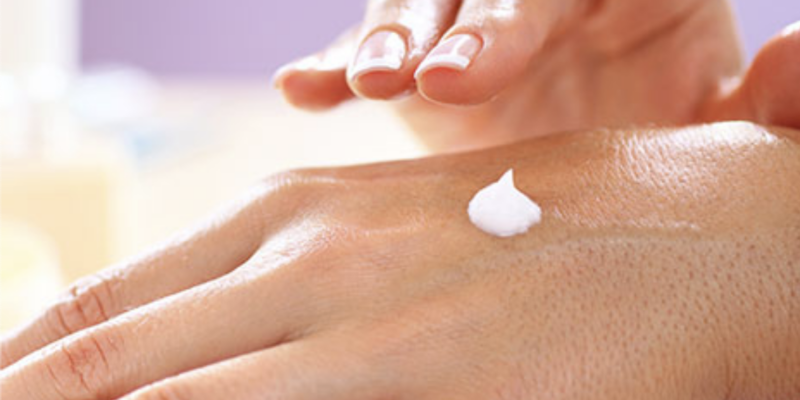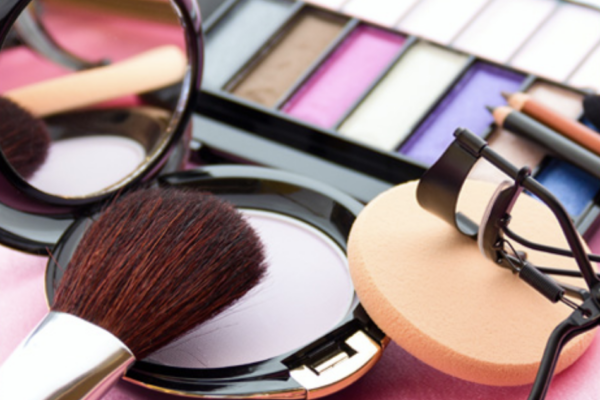Key Points/Overview
DMDM hydantoin works by slowing and preventing spoilage in personal care products such as shampoos and hair conditioners, moisturizers and foundation makeup. As an antimicrobial, DMDM hydantoin can help prevent the growth of fungi, yeast and harmful bacteria.
DMDM hydantoin is a “formaldehyde donor,” which means that to work as a preservative and antimicrobial, it releases small levels of formaldehyde throughout the shelf-life of a personal care product or cosmetic products.
DMDM hydantoin has been approved for use in cosmetic and personal care products under established safety limits by the Cosmetic Ingredient Review and other scientific panels.
Uses & Benefits
Cosmetics and Personal Care Products

DMDM hydantoin is a preservative in cosmetics and personal care products. It works by slowing and preventing spoilage in products such as shampoos and hair conditioners, and in skin care products like moisturizers and makeup foundations.

DMDM hydantoin is also an antimicrobial agent used in cosmetics and personal care products. As an antimicrobial, it can help prevent the growth of fungi, yeast and harmful bacteria that can make people sick or give them rashes, for example.

Safety Information
DMDM hydantoin is a “formaldehyde donor,” which means that to work as a preservative and antimicrobial, it releases small levels of formaldehyde throughout the shelf-life of a personal care product or cosmetic product. According to the Personal Care Products Council, preservatives such as DMDM hydantoin that “slowly releasing small, safe amounts of formaldehyde over time” help prevent harmful mold and bacteria. A recent safety assessment published in the International Journal of Toxicology reaffirmed that formaldehyde can be used safely in cosmetics if established safety limits are not exceeded.
The Cosmetic Ingredient Review (CIR), an independent expert scientific panel established by the Personal Care Products Council, also has evaluated the scientific data and concluded that DMDM hydantoin is safe as a cosmetic ingredient at current levels of use – 0.074 percent, or less. In 2005, the CIR Expert Panel considered available new data on DMDM hydantoin and reaffirmed its safety conclusion.
The Cosmetics Directive of the European Union also has approved DMDM hydantoin as a preservative in cosmetics and personal care products at a maximum concentration of 0.6 percent.


